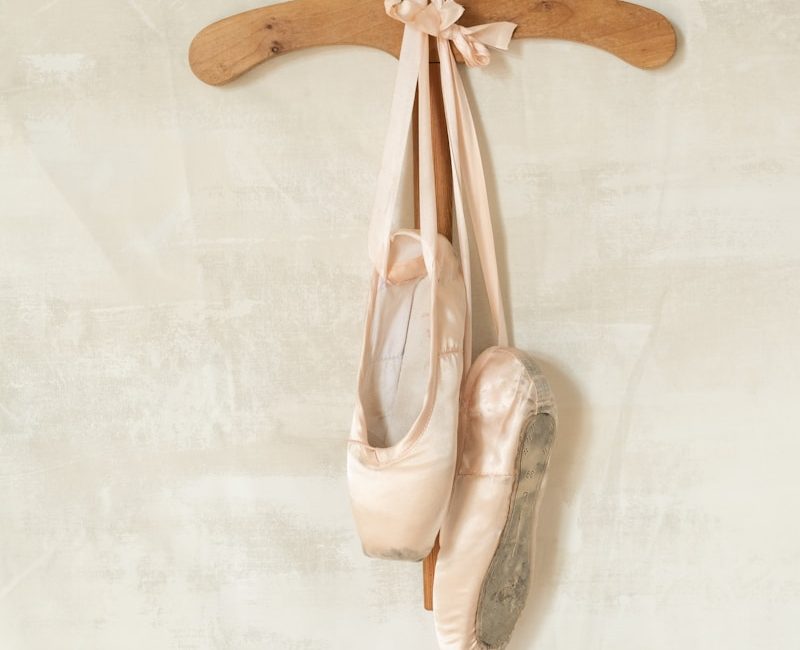
Whether you’re tapping your toes, popping and locking to Michael Jackson classics, or practising pirouettes in your bedroom, dancing can be an exhilarating and liberating way to tap into your emotions and allow rhythms to flow through your body.
Ballet has numerous physical, mental, and social benefits and can be an exhilarating way to step outside your comfort zone. While many believe you need to learn ballet as a child, ballet lessons for adults are becoming increasingly popular in many dance studios.
Looking to get on pointe? Let us show you how to unlock the beauty and benefits of ballet and elevate your dance curriculum. In this guide, we’ll unveil how to seamlessly blend ballet into your lessons, whether you’re an experienced instructor or just starting out. Let’s take a look at how to do just that.
1. Start with the Basics
Every student is different, so while some may have had previous training, you may have some clients who have never even attempted a plié. If you are teaching a beginner ballet class, it is best that your students focus on basic exercises and routines rather than diving straight into the deep end with technical and advanced combinations.
Going into your first ballet class can be overwhelming, which is why it is important that you introduce your students to the five fundamental ballet positions (which make up the building blocks of ballet), basic ballet movements (such as plié, tendu, and dégagé) alongside correct ballet terminology used in classes. Limit extensive explanations during class, as students are more likely to learn better watching and attempting the movements themselves.
Providing your students with the right environment is also essential, especially when you are working with first time ballerinas. Ensuring there is an adequate amount of space for each student is imperative to your ballet lessons in order to prevent accidents, minimise distractions, and promote focus.
Dance can be fun, but it is accompanied by certain risks such as accidents, customer injuries, or even property damage. As specialist broker Salon Gold affirms, “dance teachers, together with other health and fitness professionals, are being faced with an increasing incidence of claims, encouraged by the no win, no fee culture that we live in.” For that reason, it is important that you protect yourself with insurance in order to prevent any financial havoc on your ballet business.
2. Incorporate Barre Work
Ballet classes take place in a studio and are often equipped with barres — a wooden or metal waist-height horizontal handrail fixed to the walls of the ballet studio. The ballet barre is an essential tool for building strength, flexibility, and balance.
Typically, classes will take place in two parts: barre, where dancers will warm-up and perform exercises that target each side of the body while one hand rests on the barre, and centre, where students will move to the middle of the room and complete complex exercises that require balance, coordination, and control.
Ballet barre workouts are enjoyable and engaging, catering to all experience levels. From holding the barre for balance to practising advanced ballet techniques, these workouts can be adjusted to any experience level and provide multiple physical benefits: improved mobility and turnout, muscular endurance, and better posture. Over the past decade, barre-based exercise classes have even become a staple in fitness classes for those looking to improve their flexibility and range of motion.
Depending on the age of your students, they may require additional time to become familiar with the barre before they are able to start practising standard barre exercises and routines. It’s recommended to introduce the expectations and barre guidelines before incorporating it into your lesson plan.
3. Teach Proper Alignment
Many of us spend our days slumped over our desks, which can lead to us developing a habit of bad posture without even thinking about it. But in ballet, proper body alignment is a top priority to avoid muscle imbalances, strains, or injuries. Learning how to hold and move the body in alignment is something that is beneficial for life, not just a dance class.
To perform intricate, precise movements and hold positions for extended periods, ballerinas require a higher level of control of their muscles. As a ballet teacher, it is important to emphasise the importance of proper body alignment and teach students how to engage their core muscles — while maintaining a neutral spine throughout their movements. If you are teaching a beginner class, it may be necessary to physically adjust their alignment to help with muscle memory and assist students who haven’t experienced what the positions should look and feel like.












